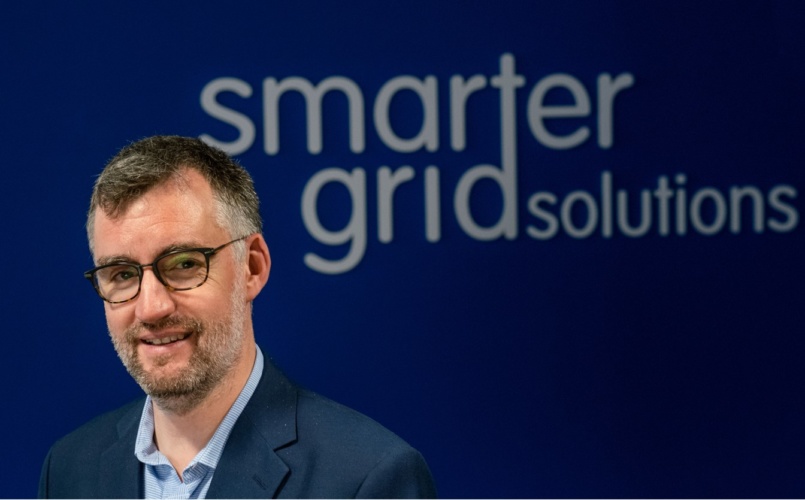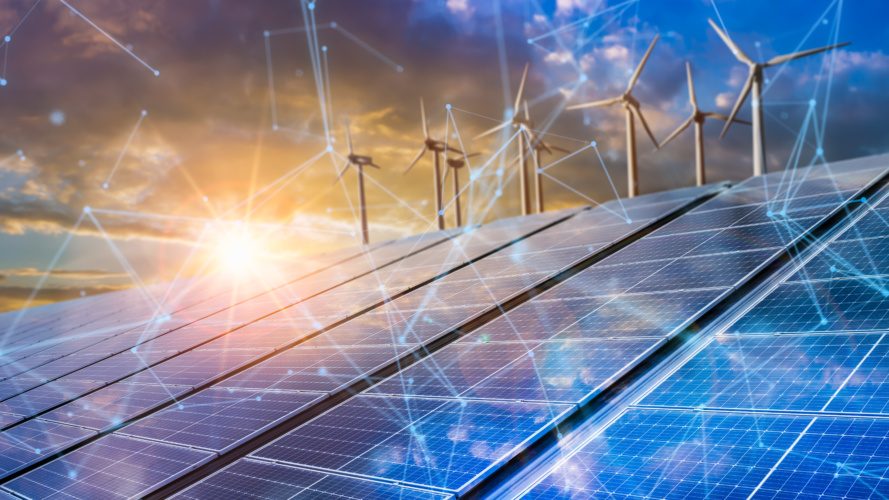
First it was the pandemic, now it’s war. When it comes to factors affecting energy demand and supply, there’s no doubt we are living through uncertain times.
The unpredictable nature of world events is putting enormous pressure on our energy networks. According to a recent report by the International Energy Agency (IEA), last year saw a surge in global electricity demand and prices, and that data was published just over a month before Russia invaded Ukraine.
Now, the US, UK and EU have announced they’re going to restrict Russian oil and gas imports, a decision which is only going to create further pricing volatility and increase the demand for renewables worldwide.

The IEA found that last year’s rise in demand for electricity of 6%, the largest in percentage terms since 2010, resulted in an increase in carbon dioxide emissions of 7%, a record high. The previous year saw a reduction in CO2 emissions, largely due to a drop in demand for electricity because of the Covid 19 pandemic. National Grid ESO spent £718 million in payments to balance the UK’s network, including paying energy companies to produce less electricity.
One answer to this untenable situation is smart grids, which was acknowledged by the IEA’s Executive Director who said, “Higher investment in low-carbon energy technologies including renewables, energy efficiency and nuclear power – alongside an expansion of robust and smart electricity grids – can help us get out of today’s difficulties.”
In the past, power networks were structured like a tree, with electricity generated at centralised power stations, then fed their power out through a transmission network or ‘trunk’. That transmission network then fed into regional or local distribution networks, like the branches of a tree, which brought the electricity to the homes and businesses that needed it.
Renewable energy has turned that model on its head. Many of the sources of renewable energy are in areas at or towards the very edges of the power network. That’s already requiring upgrades to the transmission and distribution systems, with infrastructure funds and institutional investors playing a role in bringing offshore wind power to the masses.
Smart grids allow reserve sources of power – such as grid-scale batteries and EV batteries – to be accessed within a few milliseconds, helping to balance supply and demand
Yet this decentralisation of power generation also creates opportunities for smaller players and those with an eye to replicable smaller project investments too. Instead of being solely reliant on electricity coming from central power stations, end users and local players have the chance to generate and store their own power, whether it’s through roof-mounted solar panels, small-scale wind turbines, anaerobic digesters, or a host of other renewable and new energy devices.
This is where smart grids come into play. Given the intermittent nature of renewables, balancing supply and demand will become even more critical and balancing is required throughout the tree structure of the electricity system.
Smart grids allow reserve sources of power – such as grid-scale batteries and EV batteries – to be accessed within a few milliseconds, helping to balance supply and demand. On the other side of the equation, smart grids are needed to dial-up demand at times of surplus production; if it’s a windy night and electricity is available from turbines then prices or control signals can be sent to heavy industrial users to start their machinery to harness the power, EVs can be told to begin charging, even ‘smart’ washing machines can be told to start spinning those delicates.
Enabling smart grids to balance supply and demand up and down a more dynamic system requires the right policies. Governments and regulators need to put mechanisms in place so that companies or even households can be paid to provide power when it’s needed or offered incentives through dynamic tariffs to encourage them to use electricity during peaks in clean generation output.
Smart grid investment opportunities are emerging on two fronts: the first are in the large-scale finance needed to install new energy infrastructure at scale – including EV charging points, battery storage, and flexible renewable energy generation. However, potentially lucrative smaller-scale opportunities abound in the smart grid enabling equipment and software space, where innovative solutions are needed by energy project developers, commercial and industrial users, communities, and even individuals that want and need to take part in system balancing and other demand-side response and flexibility services. This second category of smart grid investments is likely to have more in common with the wider ICT domain with network and platform business models and ‘as-a-service’ opportunities.
Unleashing that level of investment will require further policy revisions, with governments, regulators, and grid operators working together to create the opportunities for companies and individuals to enter and play their role in energy markets. We’re already starting to see suitable progressive policies emerging in markets across Europe and America that incentivise smart, flexible energy assets and smart grid operations.
While more work needs to be done to provide investors with enough certainty of the opportunity, there can be little doubt now that smart grids are an essential next step in the clean energy revolution.